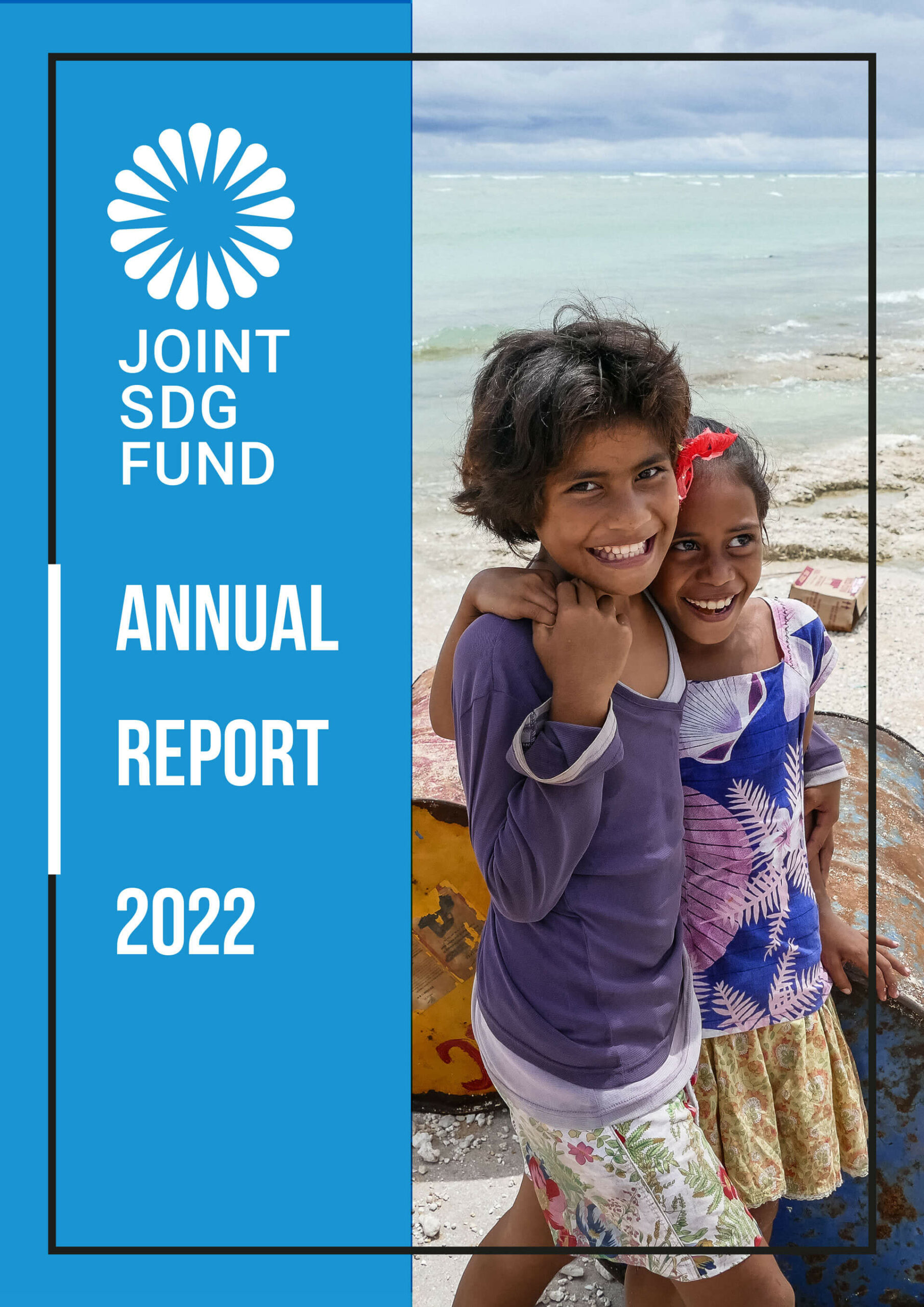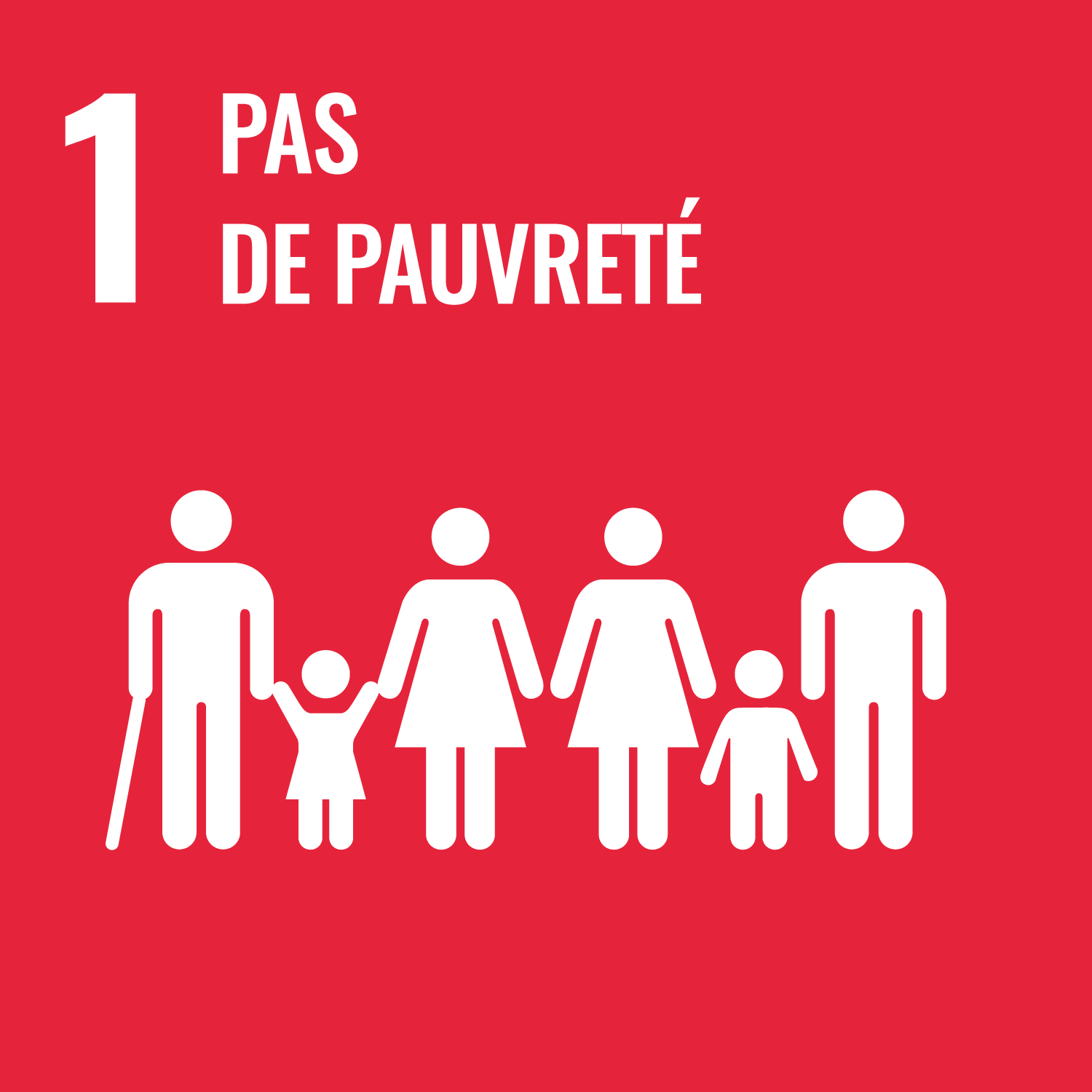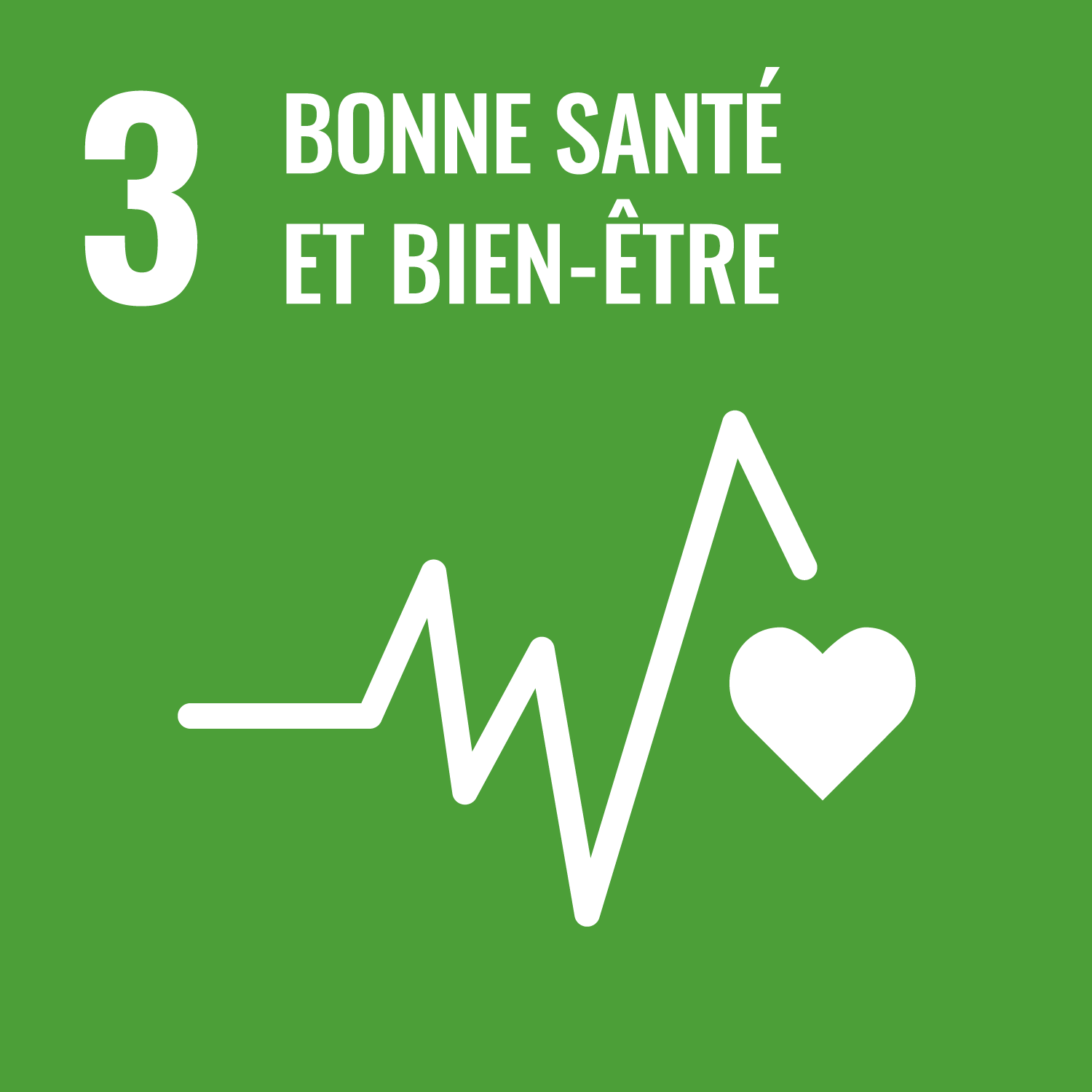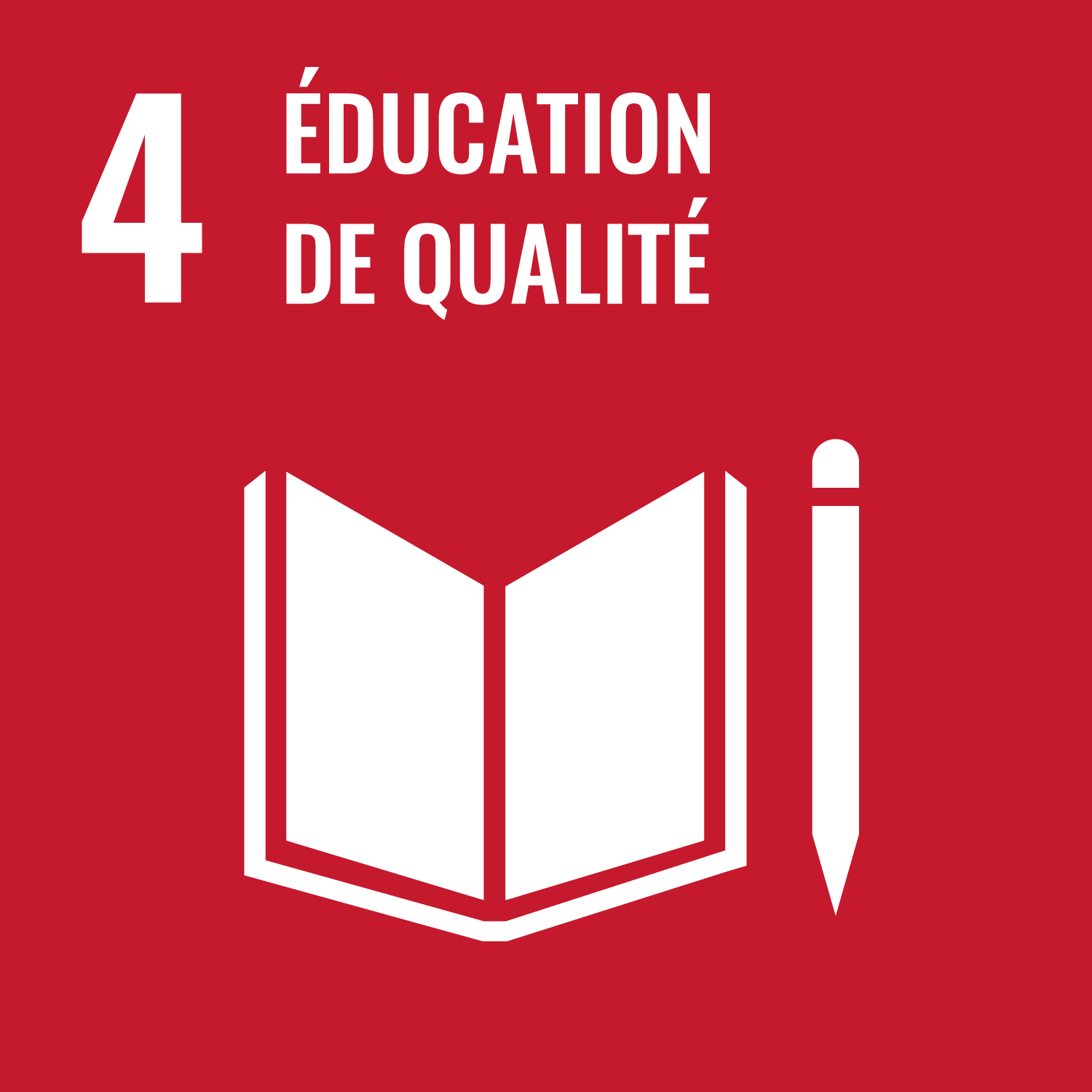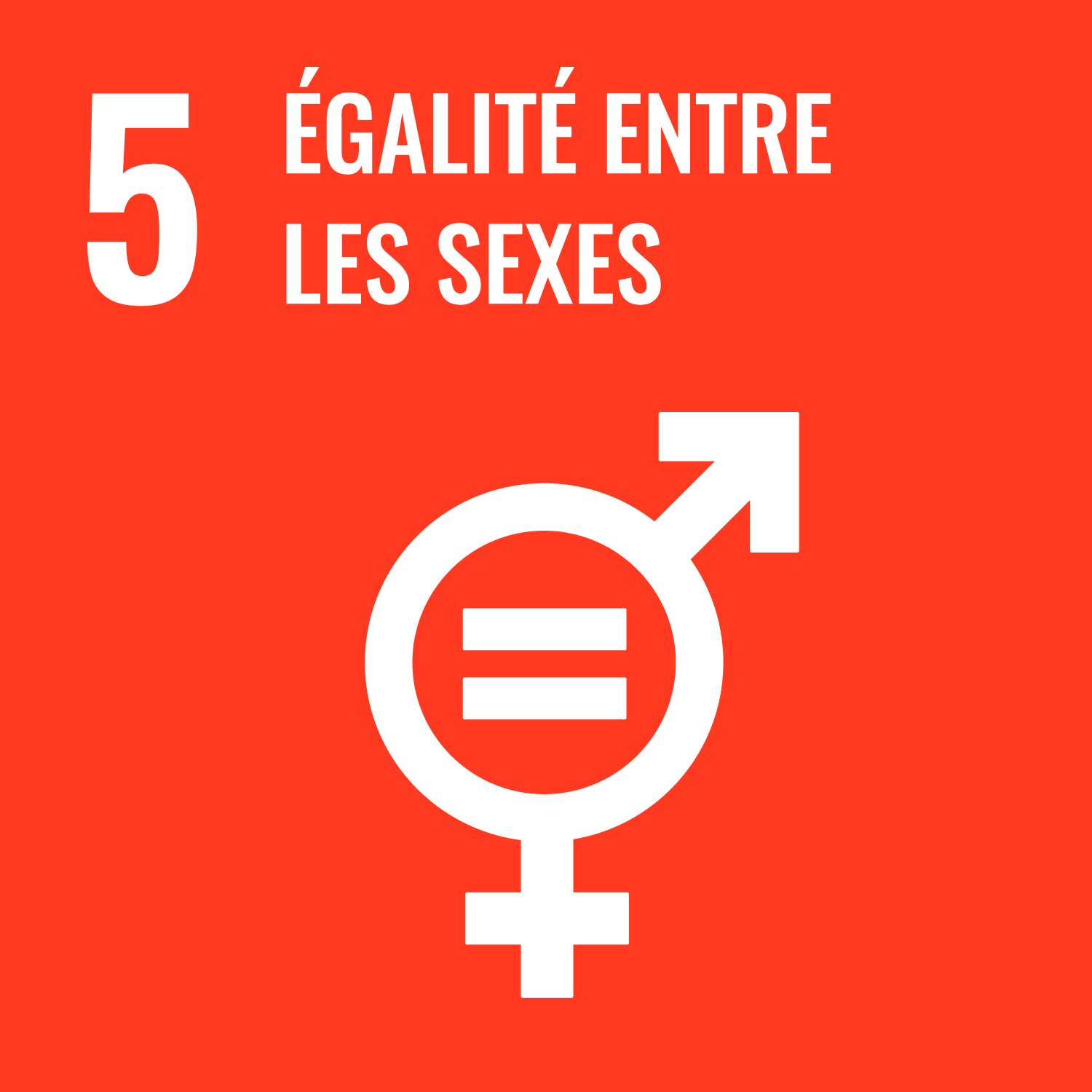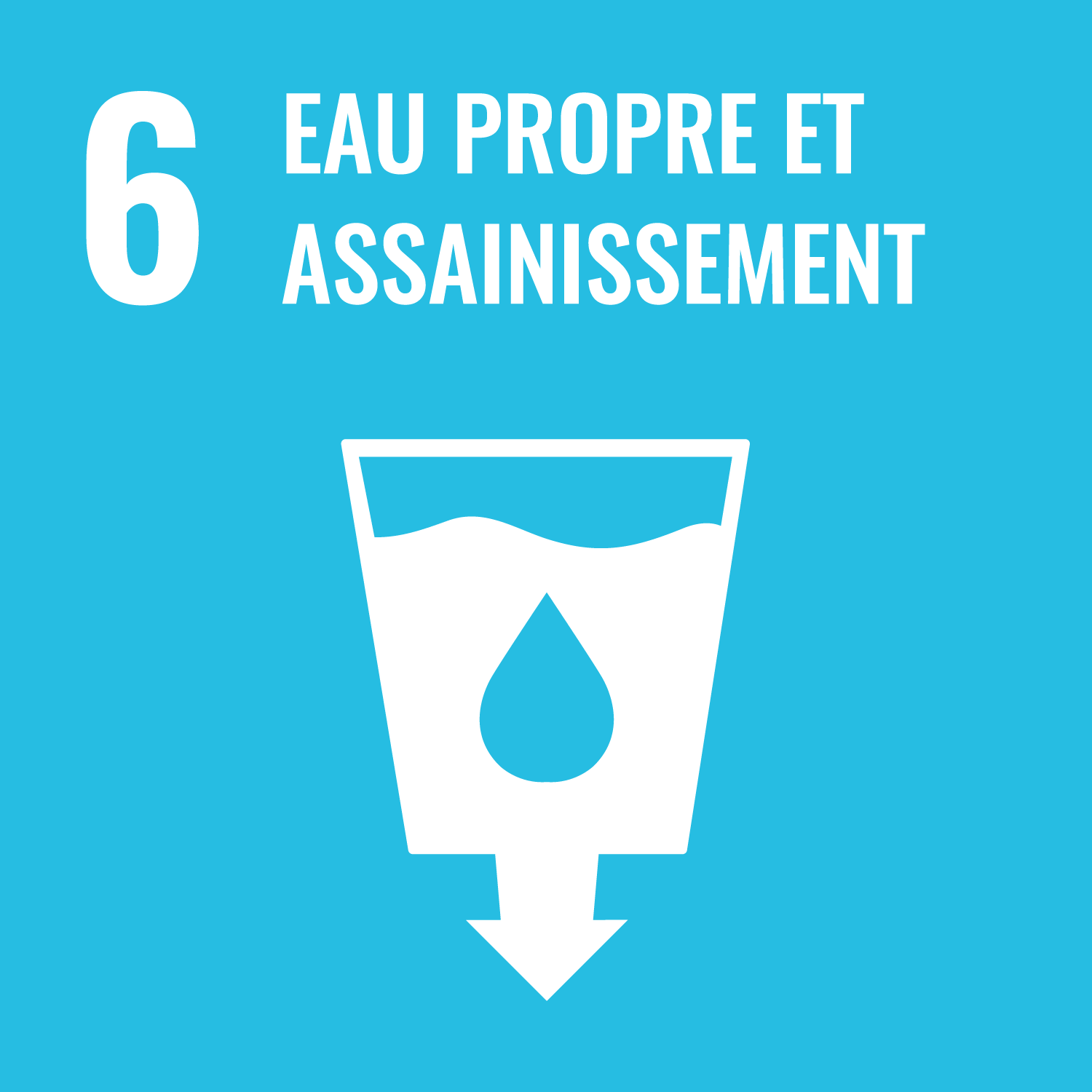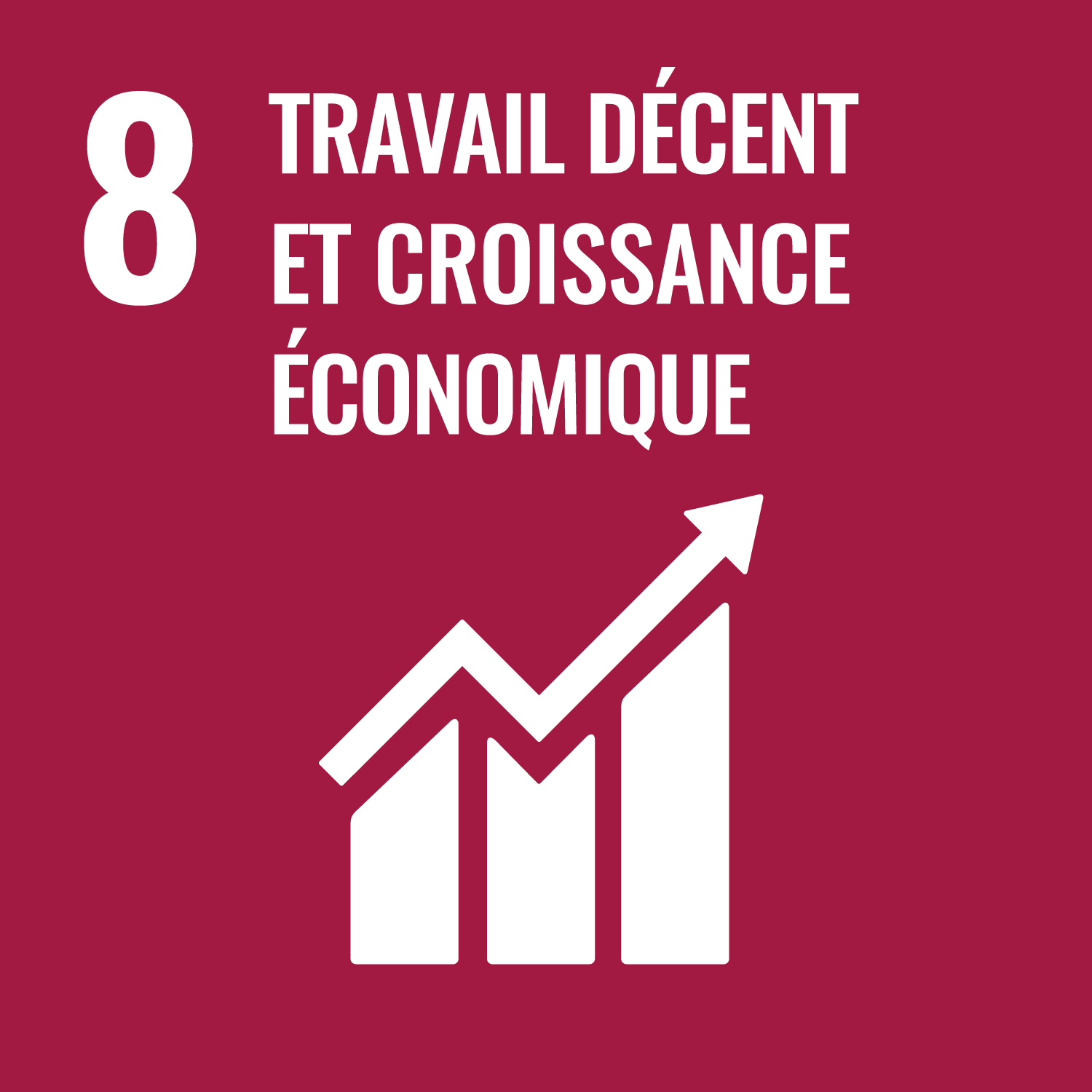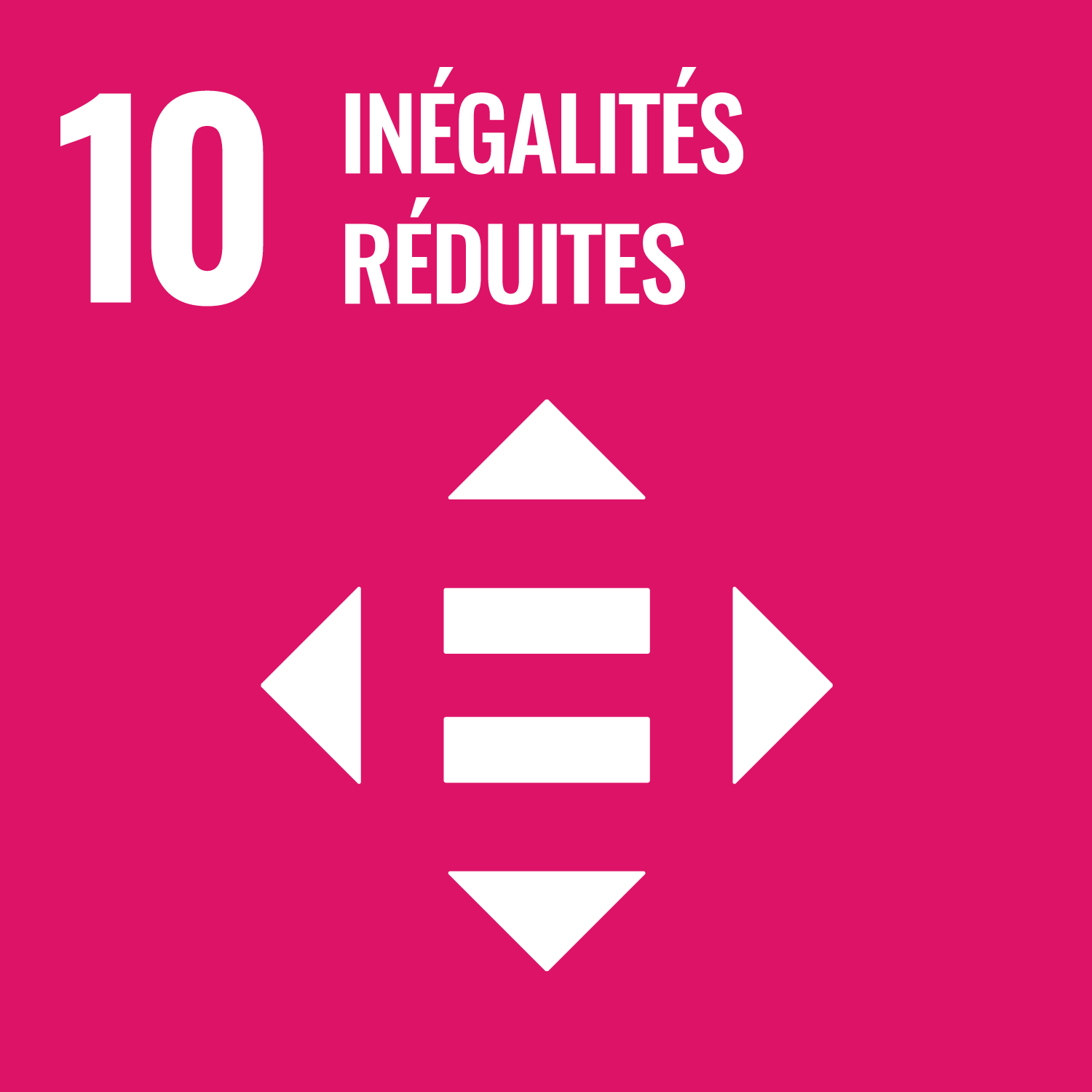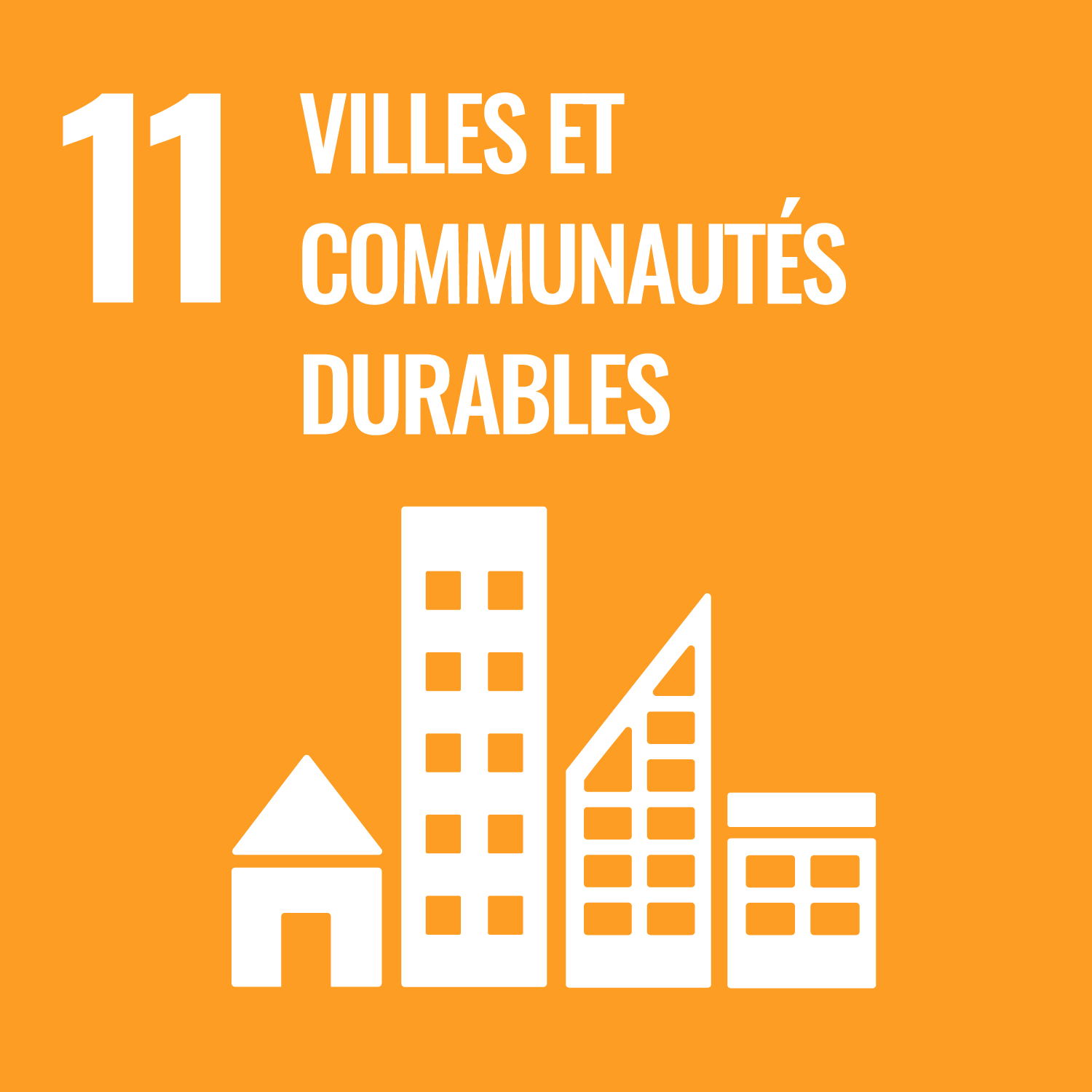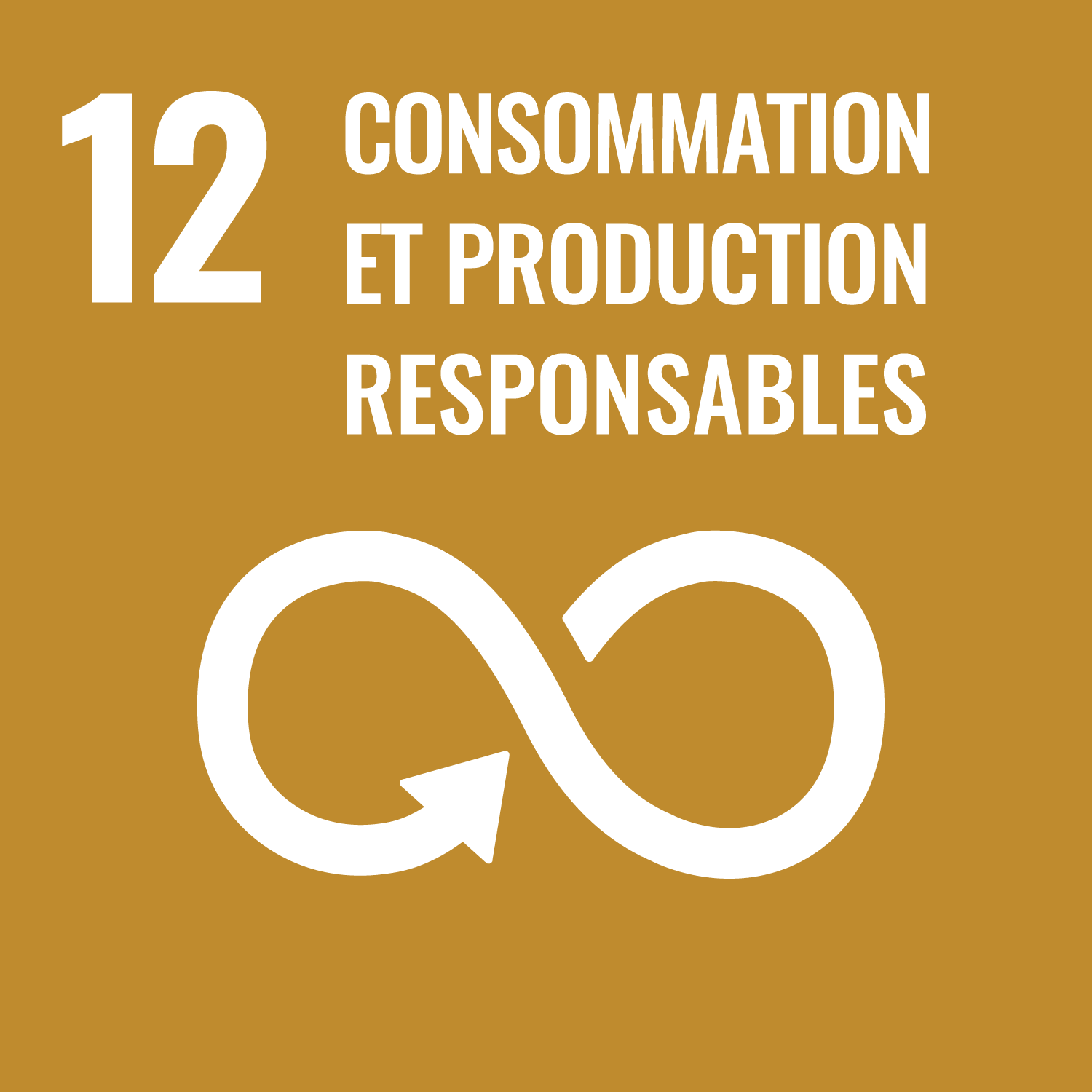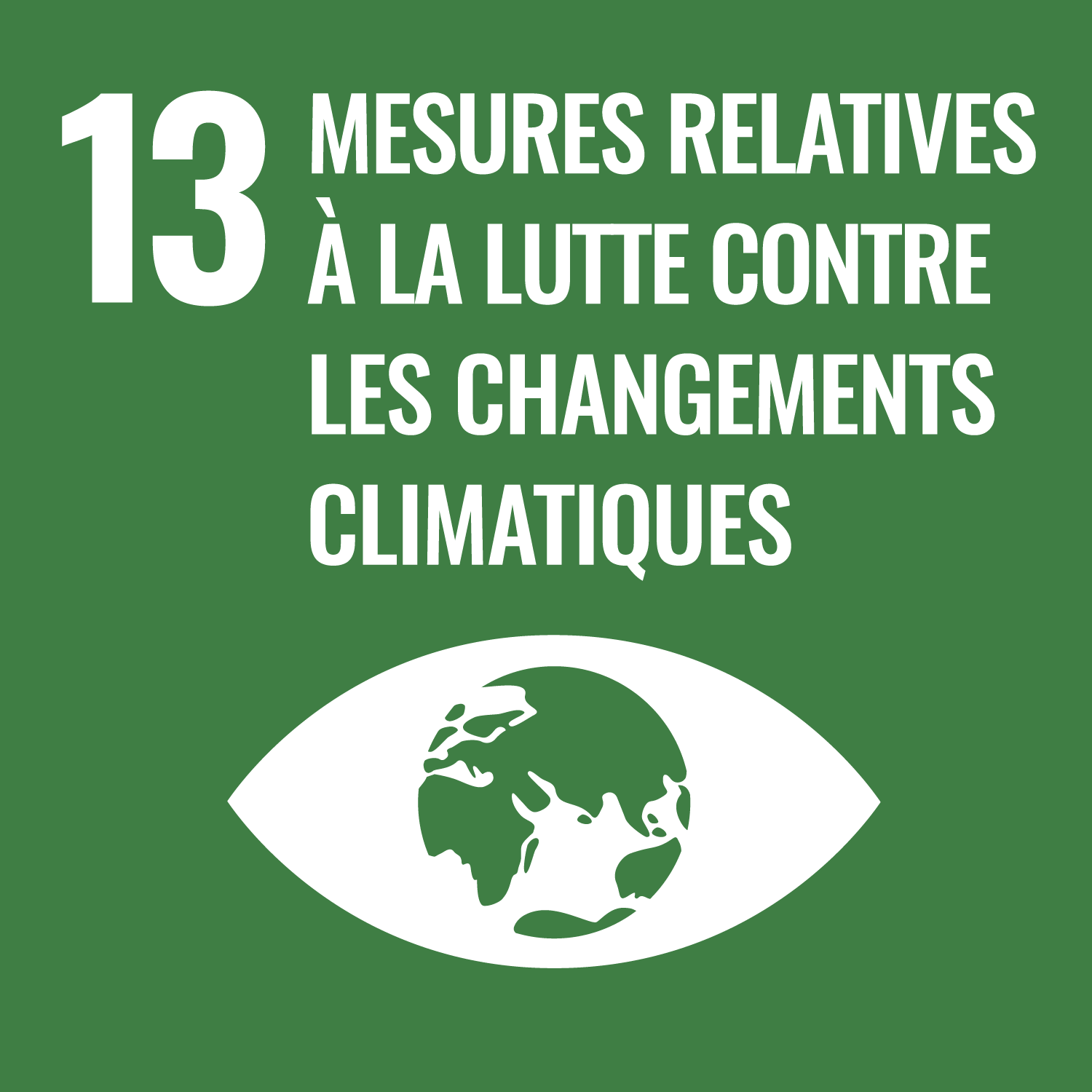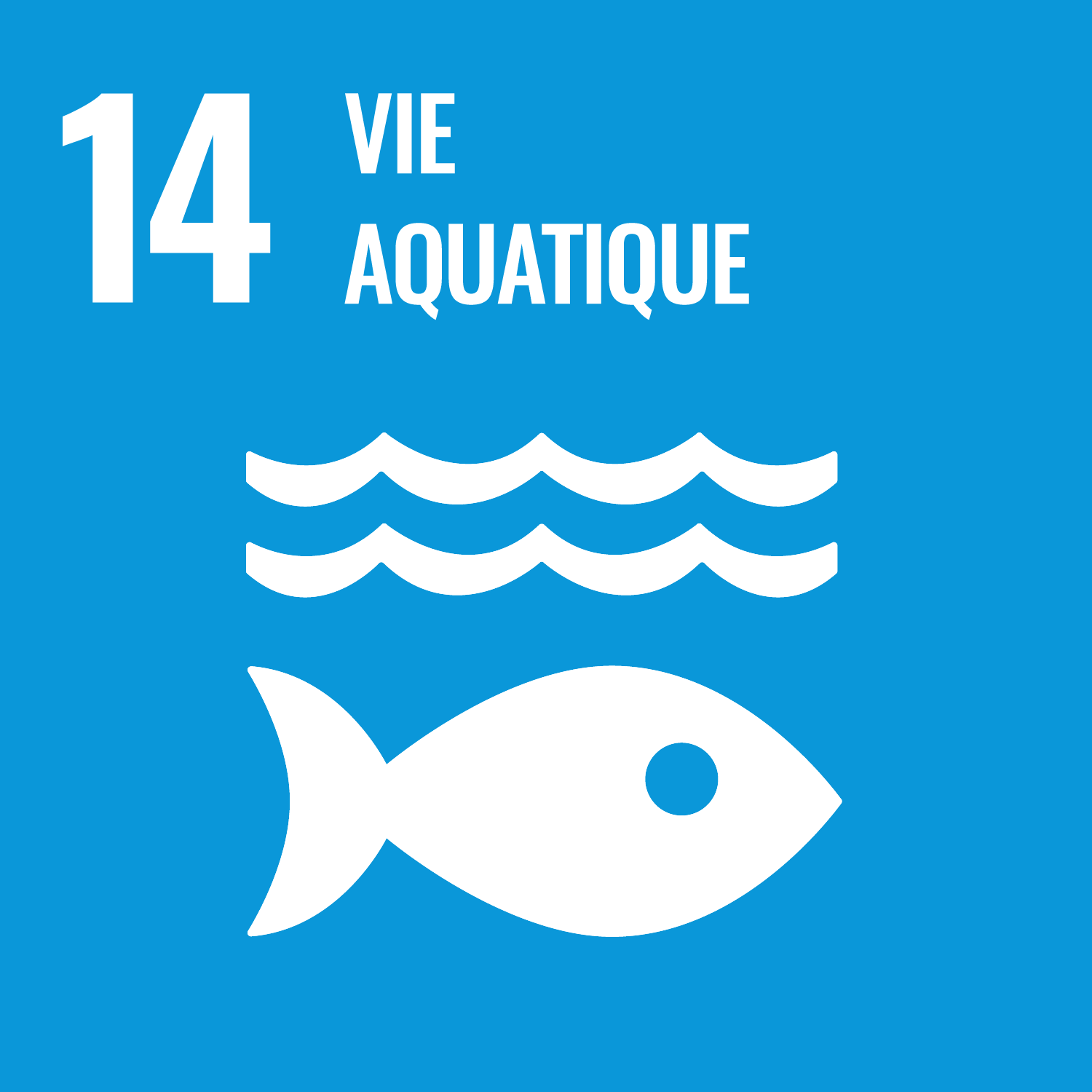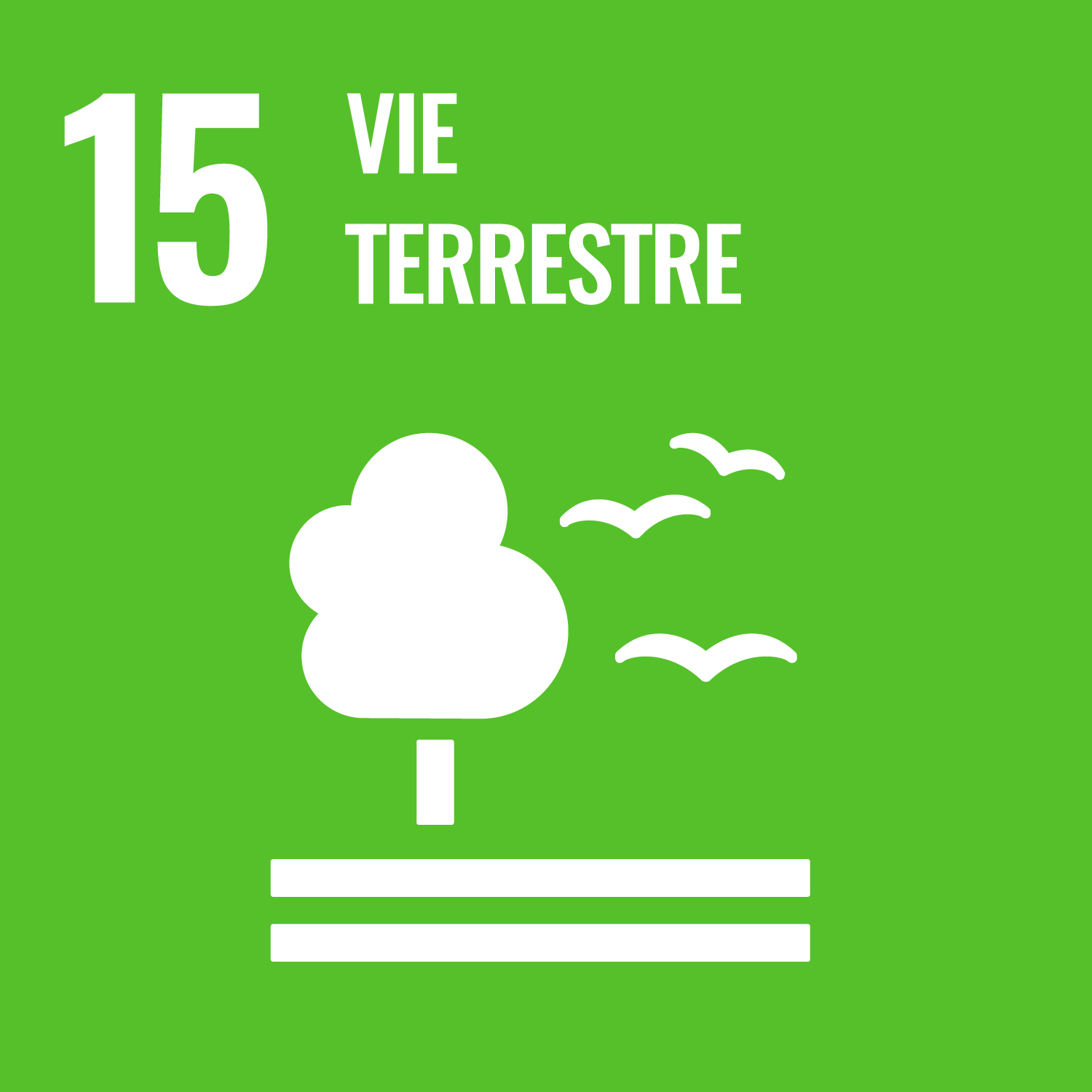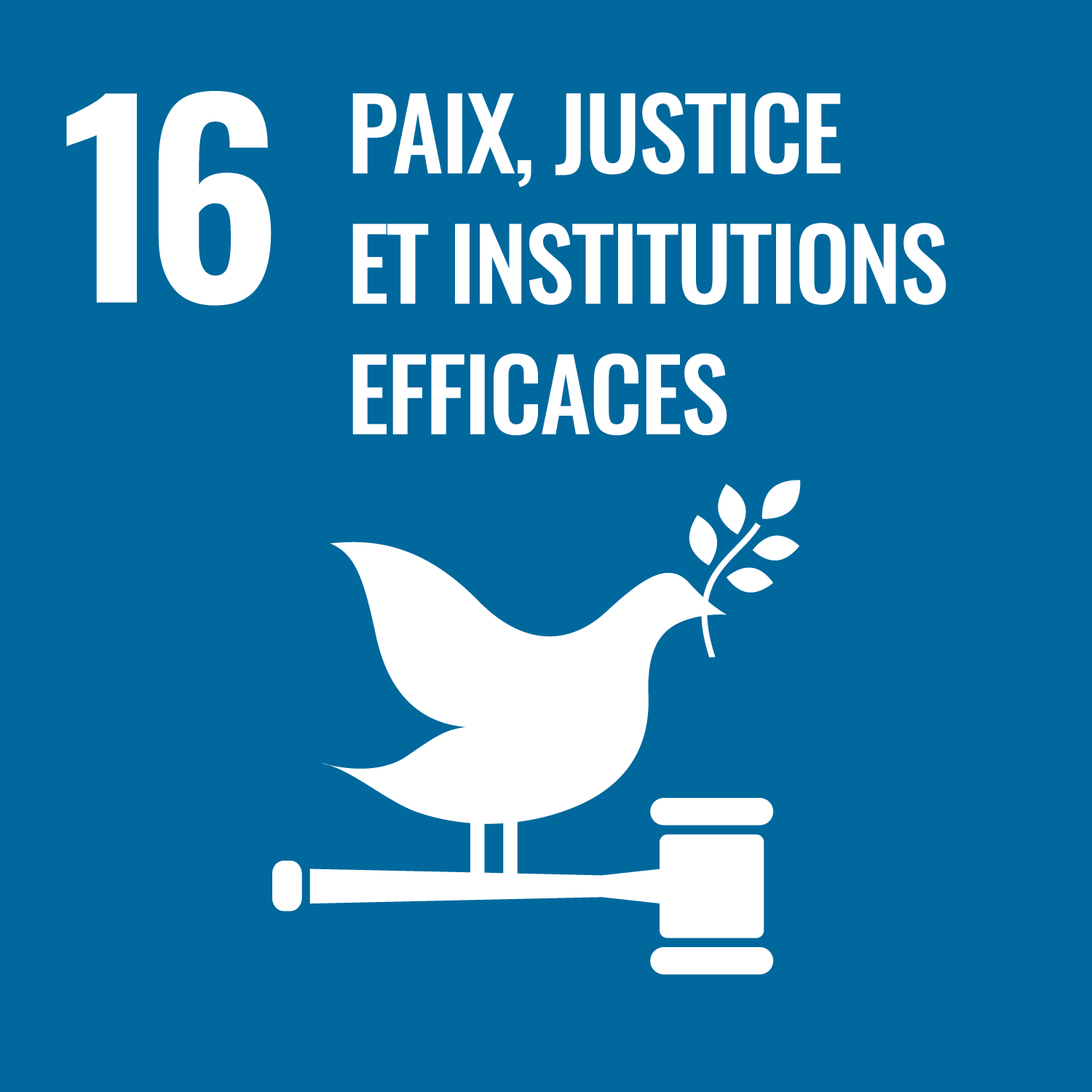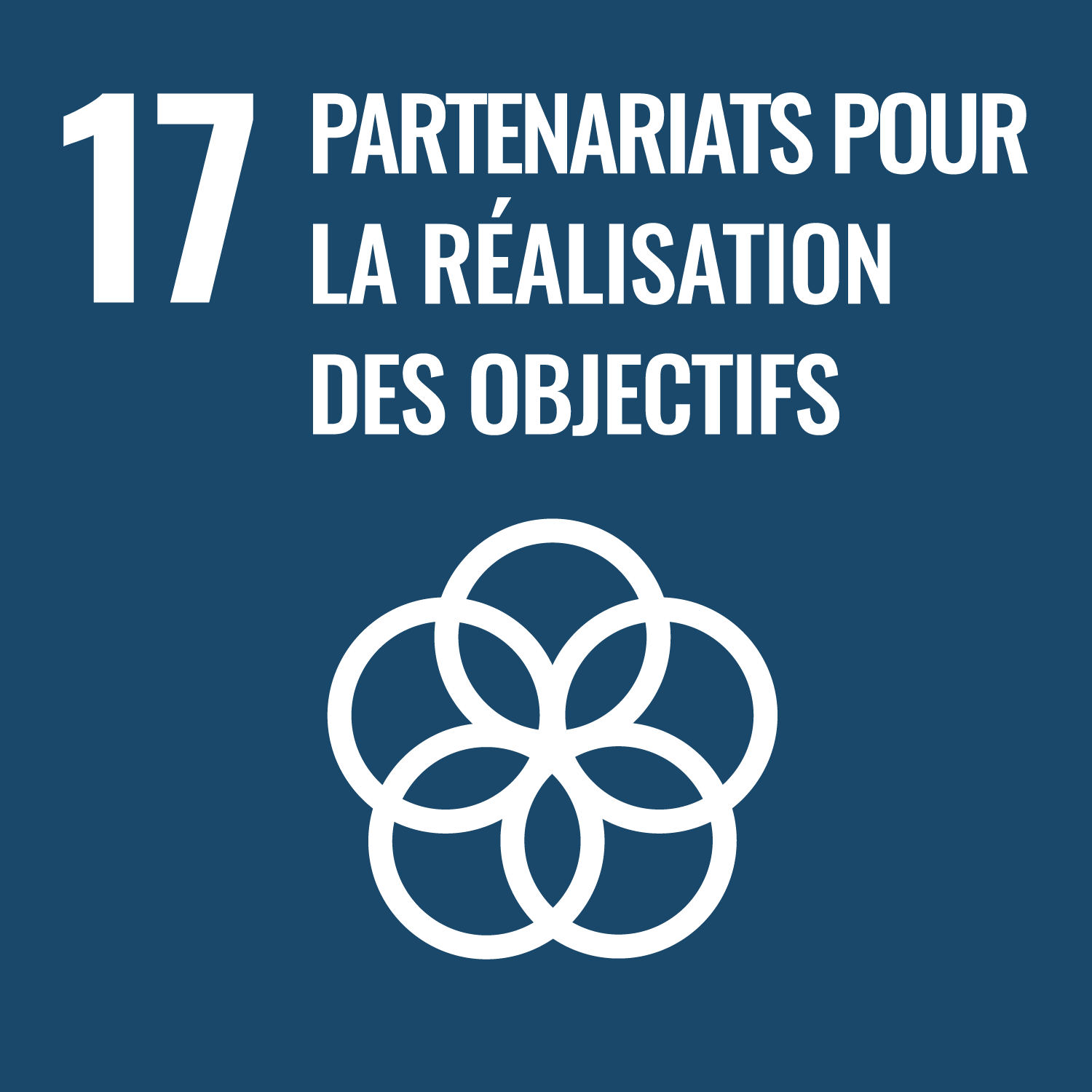The United Nations (UN) Joint Sustainable Development Goals (SDGs) Fund is a unique entity in the UN system. It provides catalytic grants to UN country teams and their partners to develop and implement innovative blended finance initiatives.
The UN Joint SDG Fund has partnered with Convergence to identify which initiatives receive funding and to provide technical assistance and support to applicants throughout the process, including coaching and mentoring to deal sponsors, investor matching and facilitation, and opportunities for peer-to-peer learning.
Earlier this year the Joint SDG Fund and Convergence announced $41 million in commitments to catalyze strategic financing to accelerate the SDGs. Convergence led a rigorous evaluation process and ultimately recommended proposals from Fiji, Indonesia, Malawi, and Uruguay for funding. The Joint SDG Fund is also currently working with an additional 12 countries to nurture new solutions, including in North Macedonia, Madagascar, Barbados, Kenya, and Suriname. Since 2020, 28 countries have received design grants to study the feasibility of 59 financial instruments, spanning bonds, equity funds and credit enhancement facilities.
We spoke to Lisa Kurbiel, Head of the UN Joint SDG Fund, about the impact of Covid-19 on the Fund’s objectives, its blended finance initiatives, how the Fund measures the impact of its work, and much more.
What are some interesting or unexpected challenges you’ve faced as a blended finance actor in the UN system?
I think what is so unique about the Joint SDG Fund is that for the first time the UN is directly de-risking transactions, enabling private sector participation and investment in emerging markets. So, the first challenge is really matching the pipeline of ideas and solutions that are created at the country level, with community involvement and multi-stakeholders, with the needs of investors, including mainstream investors.
Another obstacle is the legwork required to harness investor excitement around the SDGs and channel it into concrete impactful solutions that many countries absolutely need. The other is resource mobilization, how can the UN mobilize grants from the public and philanthropic sector to offset the risks for the private sector partners that we hope to bring in. We're finding resource mobilization particularly difficult given the impacts of the Covid-19 pandemic and that's stalling our capacity to expand and to bring more countries into our pipeline.
Can you expand a bit more on how Covid-19 has affected your operations?
The Joint SDG Fund flourishes with the generous support of member states. When the pandemic struck there were tremendous demands on member states to support responses to Covid around the world as well as in their own home countries. This naturally put pressure on overseas development assistance budgets, and because of economic contraction and recessions in many countries due to the pandemic, there was just less funding available overall. As we enter the recovery phase of the pandemic, as we try to build forward and build greener, and get back on track, the challenge is that there's a smaller envelope then there was two years ago and so that's really why blended finance and attracting the private sector is more critical now than ever.
Can you tell us about a couple blended finance initiatives funded by the Joint SDG Fund?
We’re very excited about our first four initiatives in Fiji, Indonesia, Malawi, and Uruguay. I’ll start with our Fiji programme, where we have a coral reef fund which aims to protect the country’s coral reef ecosystems. The programme brings together an international investment manager, local conservation actors, financial institutions, the local government, and the UN system. The initial line-up is of three blended finance transactions, respectively covering eco-tourism, organic fertilizer production and waste management. The first will make 10 Locally Managed Marine Areas market ready to private investment through a special purpose vehicle structure and viable business models featuring eco-tourism, sustainable fisheries, and blue carbon credits. The second is a $14 million deal where private and public capital will be blended to fund a sanitary landfill before replication across the country. The third is a direct investment in an eco-fertilizer factory. In all three transactions, the aim is to reach scale, what we’re trying to do is construct a pipeline of bankable projects that are linked back to those reefs, which local communities rely on for their economic livelihoods. Over the course of four years the target is to attract $50 million of private capital into the local blue economy.
I’ll also talk about the Malawi programme which is the first impact fund supported by the Joint SDG Fund, and it specifically focuses on creating jobs and supporting small businesses in the country’s undercapitalized agriculture sector. It’s a blended finance vehicle that will mobilize $35 million, it will invest patient capital into promising businesses that will then allow them to increase their production capacity to serve a broader customer base and of course improve efficiency and effectiveness. The UN is supporting the technical assistance facility that will help source the pipeline, assisting the businesses to be ready to receive the funding, and then of course managing and reducing any risks in that regard. So far, the program is expected to obtain $28 million in additional investment beyond our first loss contribution and we have a fund manager - Bamboo Capital Partners - that will be establishing and capitalizing the fund by doing additional outreach to DFIs and local pension funds and other investors later this year. Most interestingly is the potential attraction of local pension funds in similar deals.
How do you measure the impact of your blended finance activities?
We are currently engaging with the Organisation for Economic Co-operation and Development (OECD) to be one of the very first pilots for their Impact Standards for Financing Sustainable Development, which were developed by the UN Development Program. We are looking to adopt these standards across our portfolio and aim to use their sector-based standards where available, while also using the value added of the UN in terms of impact management and being an outcome guarantor. In most of the transactions, UN agencies are co-designing the impact management system of the financial instruments proposed. We hope to streamline a whole new generation of impact measurement systems that can contribute to the wider blended finance community.
How do you see Joint SDG Fund evolving?
Our timeline for the Joint SDG Fund is through 2030 and we already see momentum in the +300 plus partners that we’re engaging through our global investment advisory groups or at the country level. In the group you can find impact funds such as Mirova’s Sustainable Ocean Fund of Mirova, many local banks and pension funds (e.g. in Uruguay and Malawi), as well as commercial investors such as Rabobank, Credit Suisse, BNP, Allianz, and Société’ Générale. Our goal is to have proof of concept with our initial pipeline of the countries where we’re working now and then to expand from there. We have high expectations for replenishment of the fund, the target set for us is $300 million annually and we're expecting to exceed that, so I would say we're looking for exponential growth, we're looking to be a credible investment partner, and we want to keep our focus on the impact to ensure that all SDG investments really do have transformational impact.
Based on your experience in blended finance to date, what gaps do you see in the market that need to be filled?
We're seeing tremendous growth in committed capital when it comes to impact funds and facilities, it seems like every month there's another type of fund that's focused on the oceans, focused on green energy, etc. This is all extremely powerful and exciting, but what is really the challenge is fundraising for the grant element of the equation, because for blended finance to work you do need that concessional capital to de-risk the transaction and to help expand the work and ensure that the technical assistance, the structuring, and the legalities can really be catered to. So, for us, we’re looking at how we can bring in more grant money to ensure that momentum for blended finance, for investment in the SDGs, can be maintained and we hope that part of your membership can be part of the answer to that challenge.
Originally published on Convergence Blended Finance

